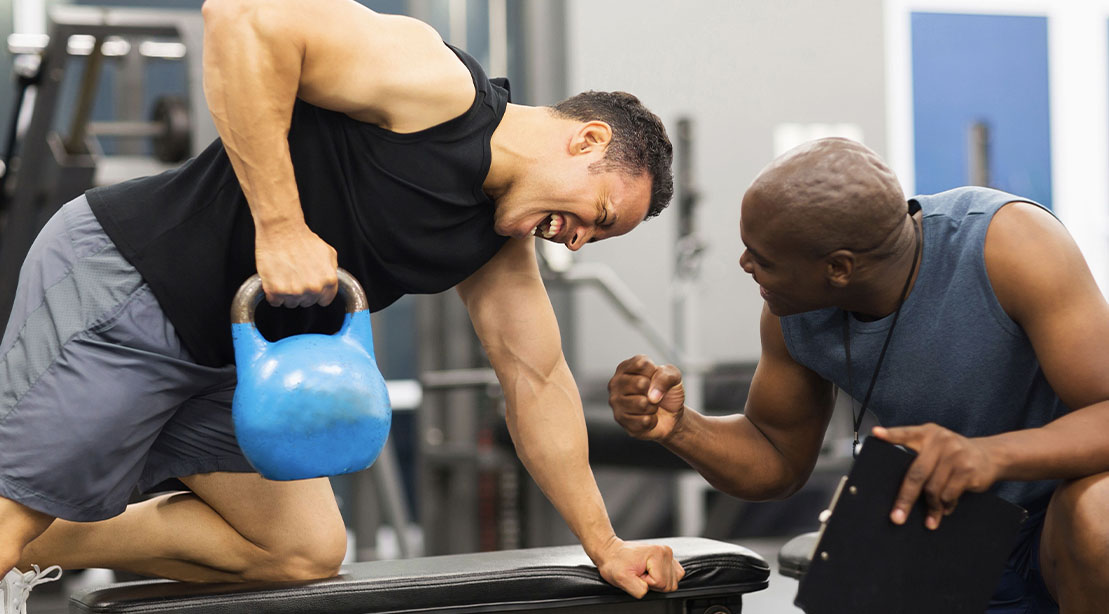
Six-time Mr. Olympia winner Dorian Yates cast a huge shadow over his competition between 1992 and 1997, presenting a total package that included powerful legs, bulging biceps, and a seemingly bulletproof back. And, in a recent Instagram post, the British bodybuilding legend has discussed the finisher that helped him build that brilliant lower back.
In a post written for his 1.8 million followers, “The Shadow” explained that weighted back extensions would become a regular finisher of his. “So here, the full focus for me was building and strengthening my lower back and it felt right to do it right at the end,” he explained.
The Olympia icon shared that back extensions would often be positioned as the sixth and final exercise in his session, after pullovers, pulldowns, barbell rows, machine rows, and some rear delt work. “It was usually just straight in with these back extensions as I felt the entire back was sufficiently warmed up, besides you can’t really go super heavy on this exercise if you’re doing it correctly anyway,” he added.
How to Perform the Back Extension Correctly
The back extension frame includes an anchor at the back for the ankles, and a small rest at the front to support the hips. Lying on your front, you raise your torso upwards, requiring core and back strength, and then lower yourself in a controlled manner before repeating. It is important to focus on the squeeze in the core and lower back muscles and not try to use your legs to help with the movement, only using them for support.
If done correctly, the back extension will activate your posterior chain in the lower back, the erector spinae that runs from the lower back all the way to the neck, and also the quadratus lumborum deep into the spine.
Dorian Yates Explains His Weighted Back Extension Finisher
To tax the muscles further that he could with body weight alone, a weighted variation requires the individual to lift and lower themselves while holding a dumbbell, plate, or barbell. “We had a few of the pre-made barbells with weights on at Temple (Gym) and like I said, it didn’t need to be ridiculously heavy for this,” explained Yates.
“Full range of motion with a big squeeze at the top, you’ll notice I do 10 reps here which is slightly more than my usual 6-8 for upper body, but failure is achieved, nonetheless. Also, I don’t go beyond failure or even perform partial reps here, not really any need and quite difficult to go past failure, so I recommend going to positive failure.”
Yates once explained to M&F that positive failure is about hitting the exact number of reps required; while maintaining great form, rather than making partial reps by fighting failure. Positive failure is also great advice for a move like the back extension, where avoiding strains is critical.
Train like Dorian and try this finisher for yourself.

